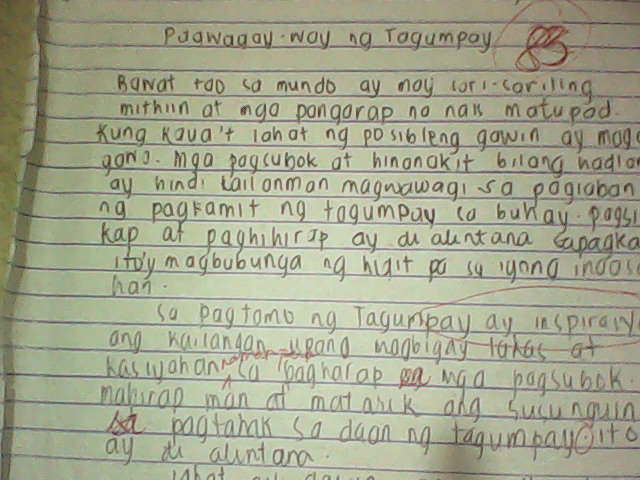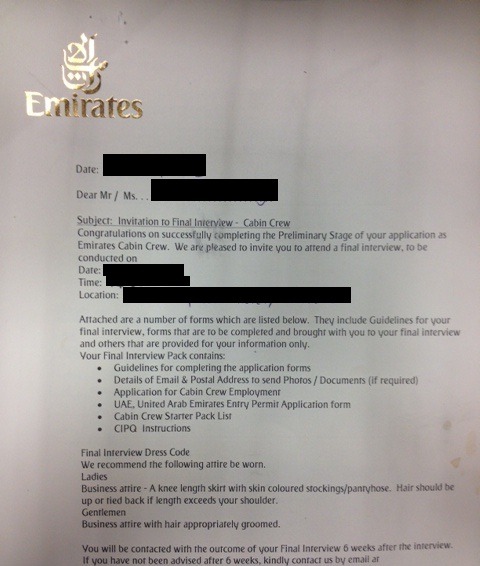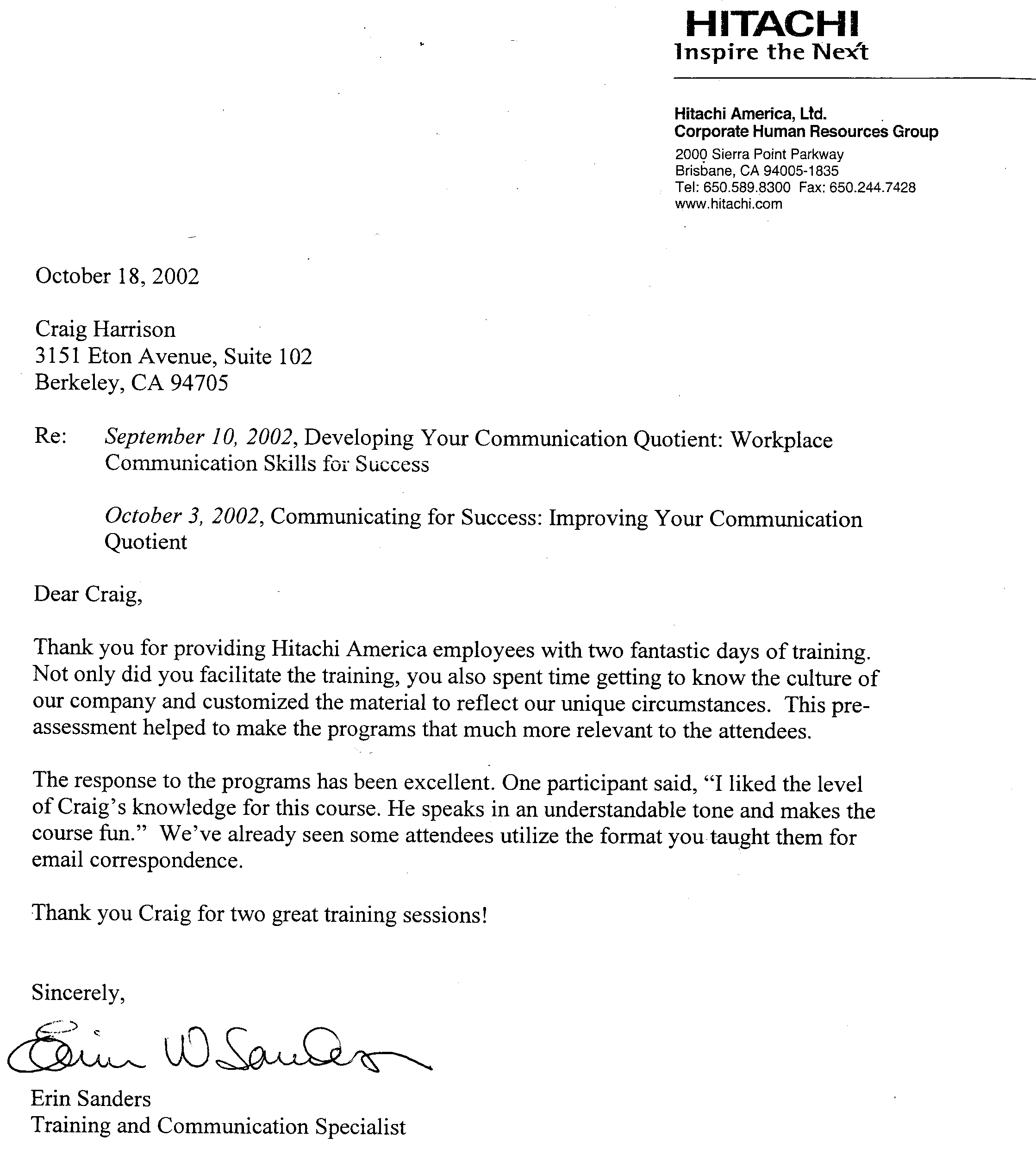The Different Tones in A Rose for Emily, a Short Story by.
In ''A Rose for Emily,'' one clear mood portrayed through the author's setting and description is depression.It is sad to read about Emily's decaying house that is now an eyesore; her memories of.
Analysis of William Faulkner’s “A Rose for Emily” In “A Rose for Emily”, William Faulkner uses symbolism, imagery, simile and tone. Faulkner uses these elements to lead his characters to an epiphany of letting go of out-dated traditions and customs.

Importance of Faulkner's Diction in A Rose for Emily What is the difference between a small child and a child that is puny? Technically, puny and small are synonyms, but the imagery that each conveys is vastly different, and therefore the meaning of each is altered.

All Roses Have Thorns “A rose for Emily”, by William Faulkner, is a compelling short story that follows first the death then the life of Emily Grierson. The setting is in a fictional city in Jefferson, Mississippi and is told from the viewpoint of another person who lives in the town as the.

As an example we will take an essay on A Rose for Emily by William Faulkner. As a high school student you will be asked to compose A Rose for Emily literary analysis essay as a part of your English language program. There are no strict rules how you must write your essay on A Rose for Emily. When preparing your A Rose for Emily essay you can.

A Rose for Emily - A Rose for Emily—Essay The short story A Rose for Emily, by William Faulkner first comes off as a disturbing story. When you realize that Miss Emily Grierson, who is the main character in this story, kills the man she’s though to be in love with, all you can really think is that she’s crazy. I think the conflict in the.

Descriptive, connected, even conversational. That's what we can glean from William Faulkner's writing style in 'A Rose for Emily.' In this lesson, we'll explore those characteristics in greater.

Section I 1. In the first section of “A Rose for Emily,” Faulkner sets a particular tone.How would you describe that tone, and what are some of the techniques he uses to do it? How does his.
Total omniscience: Point of view in which the narrator knows everything about all of the characters and events in a story. This type of narrator can move freely from one character to another. Generally written in the third person. Limited omniscience: Point of view in which the.

NOTE! The below paper is just an example written by one of our staff writers. If you need an original summary of “A Rose for Emily” or a paper on a different topic, feel free to place your order. “A Rose for Emily” by William Faulkner is one of the classics penned down in 1930.

The physical setting for A rose for Emily is important because it reflect the life of Emily, the main character. In this story the setting takes place in the southern town of Jefferson. Miss Emily Grierson lived in a house that had a “big squarish frame that had once been white, decorated with cupolas and spires and scrolled balconies. ” A.

LitCharts assigns a color and icon to each theme in A Rose for Emily, which you can use to track the themes throughout the work. The narrator, speaking in the first person plural that represents the entire town, recalls that, when Miss Emily Grierson died, all the townspeople of Jefferson, Mississippi, attended the funeral held in her house.

A Rose for Emily Analysis Piecing Together the Puzzle: Flashbacks and Foreshadowing in A Rose for Emily William Faulkner incorporates flashbacks and foreshadowing into the plot of “A Rose for Emily,” to create an aura of suspense. Faulkner presents the life of the main character, Emily Grierson, in a seemingly disorganized manner, as the.



